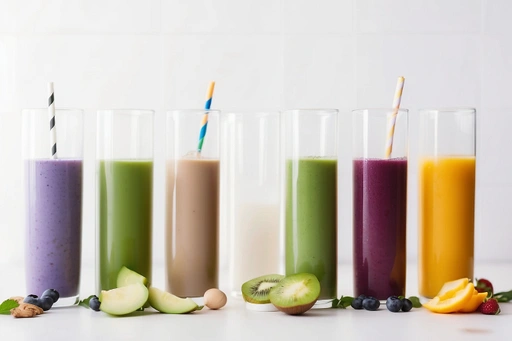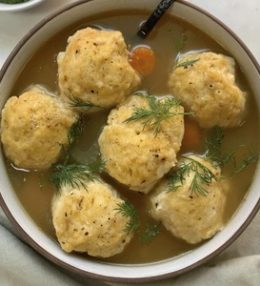How much protein is in smoothie
Unlocking the Protein Power of Smoothies: How Much Protein Is in Your Blend?
Welcome, smoothie lovers! Wondering how much protein is in your favorite fruity smoothie? You don’t have to wonder anymore! Today, we’re going to dive deep into the world of smoothies and uncover the protein power hidden within them. So grab your blender and let’s blend our way to protein paradise!
Smoothies have long been touted as a delicious and convenient way to nourish your body on the go. Whether it’s for breakfast, post-workout refueling, or a midday pick-me-up, there’s no denying the appeal of a smoothie in a blender. But not all smoothies are equal when it comes to protein content.
First, let’s talk about the smoothie’s base. Whether you prefer dairy or plant-based milk, your protein journey begins here. Milk, almond milk, soy milk, and even Greek yogurt are excellent sources of protein to add to your blend. For example, one cup of milk contains about 8 grams of protein, and one cup of soy milk contains about 7 grams of protein. Greek yogurt is a cut above, with about 20 grams of protein per cup. Choose your base wisely to create the foundation for a protein-rich smoothie.
Next, let’s talk about the star of the show: fruits and vegetables. These colorful ingredients are packed with vitamins and minerals, but are generally not known for their protein content. There are a few exceptions, however. Take spinach, for example. Not only is this leafy vegetable rich in iron and antioxidants, it also contains about 5 grams of protein per cup cooked. And let’s not forget avocados. In addition to its creamy texture, it contains about 2 grams of protein per half a fruit.
But what about protein powder? Many smoothie enthusiasts swear by these powdered supplements to increase the protein content of their blends. Whether you choose whey, soy, pea, or collagen protein powder, there is no shortage of options. Just be sure to read the label carefully and choose a high-quality powder with few additives or fillers.
Next, let’s talk about nuts and seeds. These crunchy ingredients not only add texture and flavor to smoothies, they also increase the protein content. For example, almonds contain about 6 grams of protein per ounce, and chia seeds boast a nice 4 grams of protein per 2 tablespoons. Plus, they contain plenty of healthy fats and fiber to keep you feeling full and satisfied.
Finally, we can’t forget about the power of nut butters. Whether you prefer peanut butter, almond butter, or cashew butter, these creamy spreads are a delicious way to add protein to your smoothie. One tablespoon of peanut butter contains about 4 grams of protein.
Well, there you have it folks! Here’s a comprehensive guide to the protein content of smoothies. Whether you’re blending a post-workout recovery drink or simply want a refreshing snack, there are many ways to pack protein and provide good nutrition for your body. Next time you use your blender, keep protein in mind and create smoothies that are not only delicious, but nutritious as well. Here’s to healthy and fun blending!
Disclaimer: While we have provided information on the protein content of various smoothie ingredients, it is important to remember that individual protein requirements may vary depending on factors such as age, gender, activity level, and overall health. Always consult a qualified health care professional or registered dietitian for personalized nutritional advice.









